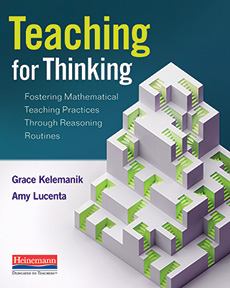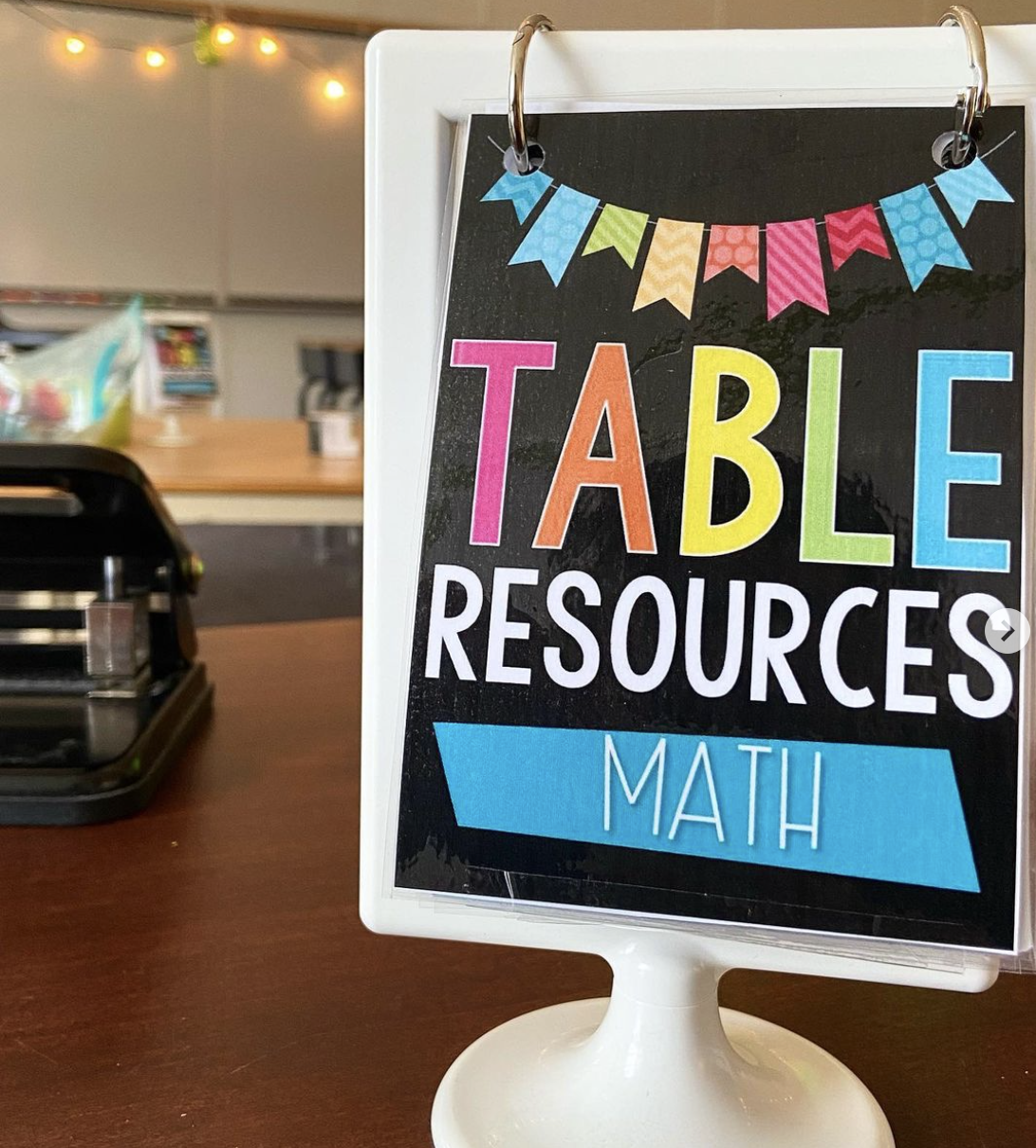Hello everyone! Last week, we dove into how educator Kass Haut, otherwise known as @heymshaut on Instagram and TikTok, discovered and came to love concept based instruction.
This week, we take this a step further and go into the dos and don’ts, common pitfalls with concept based instruction, grades, and even working with parents!
You do not want to miss this one!
Enjoy!

Teaching our children to think and reason mathematically is a challenge, not because students can’t learn to think mathematically, but because we must change our own often deeply-rooted teaching habits. This is where instructional routines come in. Their predictable design and repeatable nature support both teachers and students to develop new habits.
In Teaching for Thinking, Grace Kelemanik and Amy Lucenta pick up where their first book, Routines for Reasoning, left off. They draw on their years of experience in the classroom and as instructional coaches to examine how educators can make use of routines to make three fundamental shifts in teaching practice:
- Focus on thinking: Shift attention away from students’ answers and toward their thinking and reasoning

- Step out of the middle: Shift the balance from teacher-student interactions toward student-student interactions
- Support productive struggle: Help students do the hard thinking work that leads to real learning
With three complete new routines, support for designing your own routine, and ideas for using routines in your professional learning as well as in your classroom teaching, Teaching for Thinking will help you build new teaching habits that will support all your students to become and see themselves as capable mathematicians.





